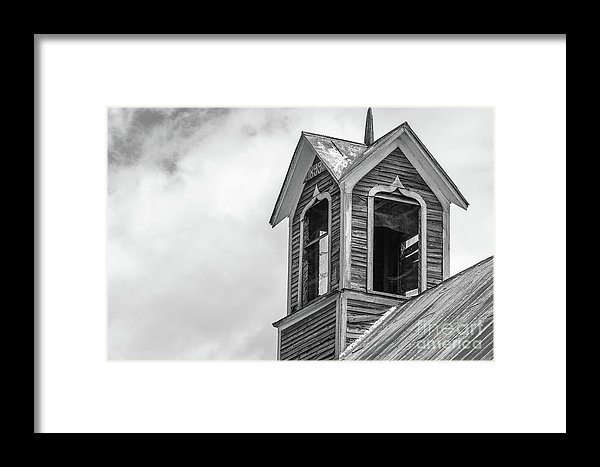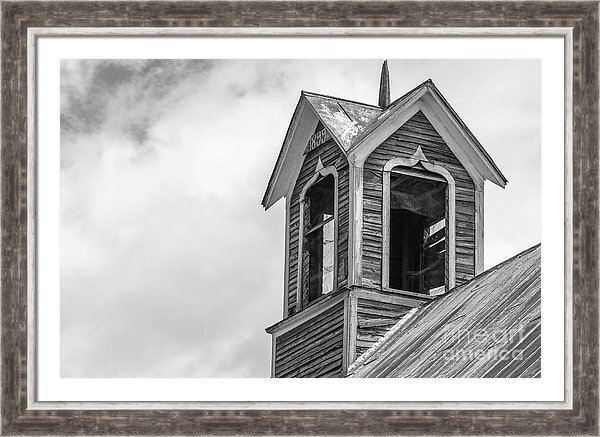Canon EF 70-300mm f/4-5.6 IS II USM Lens – When it comes to my camera equipment, I’m very budget conscious. Trying to make a living from fine art photography is a challenge to say the least. Unlike retired doctors, lawyers, dentists and titans of industry who show up to national park scenic overlooks with a bag full of the latest and greatest professional quality equipment, the working photographer needs to keep an eye on the bottom line. Spend too much money on equipment and then there will be nothing left at the end of the day.
When I make an equipment purchase, I have to believe that the investment will pay for itself eventually. This is partly the reason my most bang for the buck lenses in my kit are the Canon 35mm F2 and the Canon 50mm 2.5 macro.
The Canon EF 35mm f/2 IS USM Wide-Angle Lens is a great multipurpose lens the provides plenty of room for storytelling. Just a bit wider than a 50mm for more room to include elements such as leading lines or secondary subjects. This lens provides a great focal length for a lot of the book cover type images I shoot. Plus its compact and sharp. You don’t have to worry about it being on a tripod and it is image stabilized.
Compact and lightweight, the EF 35mm f/2 IS USM has an 8-blade circular aperture diaphragm for soft backgrounds, a minimum focusing distance of 0.79 ft./0.24m, plus optimized lens coatings for minimized ghosting and flare.
With the 35mm, you know you will always come back with usable, in focus images, regardless of lighting conditions.
The Canon 50mm 2.5 is an old lens design that will drive you crazy if you try walking around with it because it takes forever to focus. BUT, this lens is amazing as a food photography lens or for table top shooting. I put this on a tripod and then use live view to zoom in and focus. It captures amazingly sharp macro images but are perfect for a lot of the book cover images I have listed with Arcangel.
Which brings me to the Canon EF 70-300mm f/4-5.6 IS II USM Lens. I wanted something with a longer range that wouldn’t brake the bank for the occasions when I’m near birds or wildlife. I’m not really that much into wildlife as a subject, I leave that to the National Geographic photographers, but when in Florida or Montana, I like to shoot animals when I see them.
My preference is for prime lenses. I’d rather walk a scene and study angles instead of being tempted to stand in one spot and zoom around. Also the quality of prime lenses always beats zooms. Zooms are always a compromise. Usually they excel somewhere in the middle of the range and degrade towards the long end. And that is where people tend to use them right? Usually people with long zooms want to zoom in as close as possible to “fill the frame”.
You also typically do not want to buy a zoom with a range that is more than double bottom range. For example something like a 70 – 140 lens (if there is such a thing) would be better than a 70-500. It’s just too much to demanding of the optical engineers to create something that works in all ranges.
The Canon EF 70-300mm f/4-5.6 IS II USM Lens is not an expensive lens. It’s a budget lens priced around $500 with a aperture of 4 to 5.6. More expensive lenses will have a smaller aperture and the aperture won’t change with the movement of the zoom.
So you have here a lens that works great on bright sunny days but don’t expect it to be as good in lower light.
As with any long lens, holding it steady is going to be a challenge. The longer the lens the more difficult it will be to get a sharp picture – again, strong light is going to be your friend. Is this lens capable of sharp images? Of course. Every modern camera lens is capable of being sharp (or in focus) at some point. You just have to work with in the capabilities of your equipment to squeeze out the performance.
I’m going to use this image as an example of a great usage of this lens and some amazing results. I found this hundred year old barn in Ely, Vermont. I wanted to capture the details of the roof and cupola details as well as the texture of the century old building.
On a sunny day I mounted my Canon 6D camera on a tripod, focused in with live view, set the timer and captured this image. Later when I processed it in Adobe Lighroom I was amazed at how sharp the details came out. You can see every bit of the chicken wire, shingles and weathered wood.
How to purchase Ely Vermont Barn
Sadly barns like this 1899 barn in Ely, Vermont are slowly dying all across Vermont. They say that an old barn collapses every four days in Vermont. The owners simply don’t have the funds and resources to preserve these beautiful old barns.
Luckily through photography we can capture and preserve these amazing achievements for future generations. Prints and product of this photograph of this old Vermont barn and others around New England can be found in my portfolio of barns and farm life here – https://edward-fielding.pixels.com/art/barn
These old barn photographs can be purchase in a number of ways – prints rolled in a tube for framing at home (standard sizes can be ordered to fit your frames) or framed in museum quality frames and mats. There are 1,000s of paper, frame and mat combinations you can choose for a custom look.
For this image I really like the barn wood frames found under the “white” frame options.
You can also order these photographs printed on canvas, metal, acrylic and wood. Although out of these substrates I’d only recommend canvas or wood for a photograph of an old barn. Acrylic and metal are best for colorful, saturated, modern images images.
Simple black museum frames with a white mat also look good.

